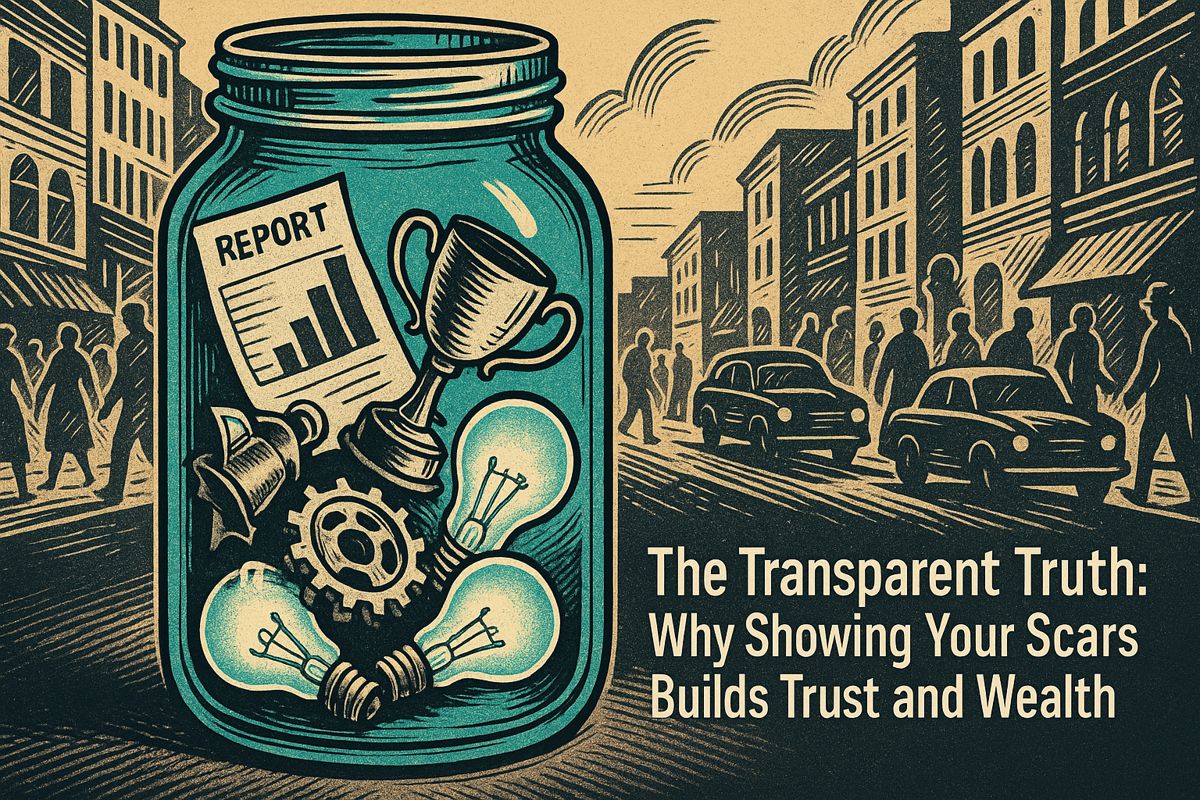A recent study showing Evidenza AI achieves 95% accuracy in synthetic CEO panels is transforming market research by condensing a three-week executive survey into a two-hour process. This innovation offers research professionals a powerful tool for enhancing speed, controlling costs, and ensuring privacy, all while maintaining essential human rigor in the validation loop.
What Is Synthetic Research?
Synthetic research uses machine learning to simulate human opinions and attitudes for survey-based studies. By blending historical market data, public records, and first-party feedback, these AI systems create realistic digital respondents that can answer questions, test concepts, and participate in qualitative exercises to generate rapid insights.
Unlike “synthetic audiences” used for media targeting, a synthetic research panel actively answers survey questions or engages in qualitative exercises. Leading systems fine-tune large language models with a blend of market studies, behavioral records, and first-party feedback to create these simulated respondents. A 2025 survey found 73 percent of practitioners have used simulated respondents, with 61 percent reporting faster turnaround times than traditional methods, according to the Qualtrics 2025 Market Research Trends Report.
How AI Panel Accuracy Is Validated
To verify these claims, EY conducted a double-blind experiment comparing Evidenza’s synthetic panel to real CEOs. The results, highlighted in Solomon Partners’ 2025 briefing, showed a 95% correlation in response patterns, completed in days at a fraction of the cost. A clear validation protocol underpins this accuracy:
- Human survey data is split into training and holdout sets to compare AI outputs.
- Researchers check for scale-level agreement on means, variance, and rank ordering of options.
- The model is stress-tested with edge cases like low-incidence segments or emotionally charged questions.
Real-World Applications and Benefits
The primary benefits of synthetic panels are speed and savings, which unlock new use cases. For example, beverage marketers screened dozens of product names in hours, and Australian retailer Super Butcher lifted email click-through rates by 29% using persona-level insights. Niche B2B teams also model executive personas like CTOs to prioritize roadmaps without scheduling costly interviews. Development Corporate reports average cost savings of 40% to 70% compared to traditional panels, with sample sizes scaling into the thousands from a single prompt.
Challenges and Ethical Guardrails
Despite their power, synthetic respondents can miss subtle cultural context and spontaneous emotion, making hybrid strategies essential. The risk of bias mirrors the training data, requiring diligent monitoring and representativeness checks. Industry guidelines now emphasize transparency, mandating disclosures when using synthetic data. Regulated sectors like finance and healthcare face even greater scrutiny, documenting data provenance and separating synthetic outputs from final decisions pending human validation. While the technology is advancing, experts caution against replacing human judgment for high-stakes decisions, instead framing synthetic research as a tool for faster iteration within clear ethical boundaries.
What exactly is a “synthetic research” panel and how is it different from a synthetic audience?
A synthetic research panel is a set of AI-generated personas that respond to surveys or interviews as if they were real consumers. Each persona is built from layers of market research, public records, government statistics, and behavioral data, then brought to life by large-language-model engines that mimic human decision making.
In contrast, a synthetic audience is usually a look-alike group created for media buying – it predicts who will see an ad, not how they will react to a new product idea.
In short: synthetic research tells you why people choose; synthetic audiences tell you where to find them.
How do you validate that an AI panel is giving reliable answers?
Teams run hold-out validation: they keep a slice of real survey respondents hidden from the model, then compare the AI predictions to those real answers. A 2024 EY double-blind test found 95 % correlation between synthetic and human results when the model was seeded with primary research data first.
Other checkpoints include:
– Re-sampling the same question two weeks later to test consistency
– Demographic stress tests – e.g., asking the panel to split 80/20 between Gen-Z and Boomer voices and checking that the divergence matches known cohort studies
– Calibration panels – inserting 5-10 % known human responses into every wave to keep the model honest
Where are companies actually using synthetic panels today?
- Product naming – a 2025 beverage launch tested 42 energy-drink names in four hours, narrowing to three finalists that later scored in the top quartile with live consumers
- Content strategy – Australian retailer Super Butcher used synthetic grocery-buyer personas to redesign its email flow; click-through rates rose 29 % and in-store conversion hit 7 %
- Feature road-mapping – B2B SaaS teams simulate CTO and compliance-officer personas to prioritize security features without paying $500-per-interview honoraria
What speed and cost gains can I expect?
According to the 2025 Qualtrics Market Research Trends Report, 61 % of researchers say synthetic panels are faster than traditional methods; 73 % have used them at least once in the past year. A 200-respondent concept test that once took three weeks and $25 k can now run overnight for < $2 k, letting teams iterate daily instead of monthly.
What are the biggest watch-outs before I roll this out?
- Depth deficit – synthetic answers are fluent but can lack emotional texture; keep them for early-stage guidance, not final go/no-go calls
- Bias mirror – if your training data under-represent rural shoppers or non-English speakers, the model will amplify that skew; schedule quarterly audits
- Transparency risk – regulators are circling; disclose when insights come from AI respondents and keep audit trails of validation tests
- Over-confidence trap – a 95 % correlation on quant questions can drop to ~70 % on open-ended “why” questions; blend in real qualitative dips before big bets



















